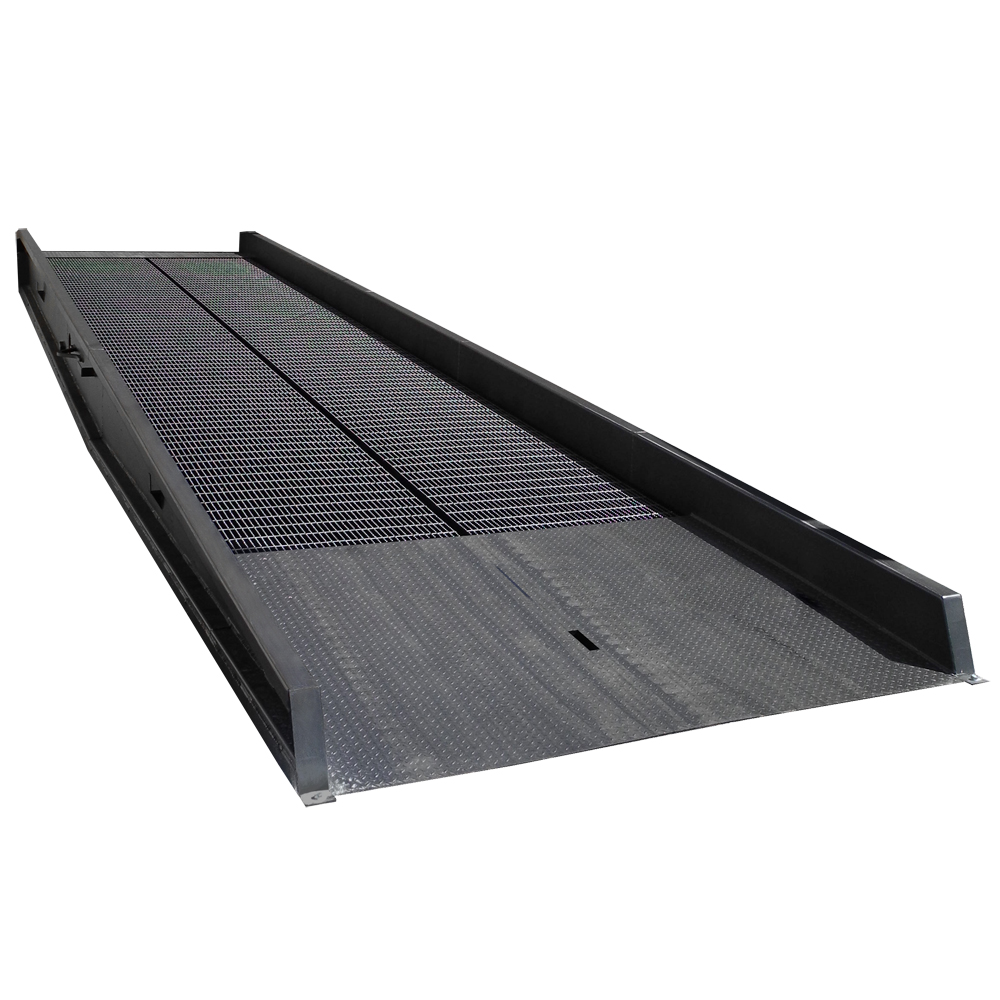We use cookies to make your experience better. To comply with the new e-Privacy directive, we need to ask for your consent to set the cookies. Learn more.
Shipping Efficiency Begins and Ends at the Loading Dock
For better, more efficient order fulfillment, it’s important to root out bottlenecks. As shipping costs jump to the top of the long list of supply chain expenses, logistics providers find themselves examining every step of their process to keep rates as low as possible.
You can address shipping inefficiencies for both inbound and outbound loads by taking a closer look at your facility's loading dock. After all, the longer it takes to load and unload trucks, the fewer orders you'll be able to handle.
Here are some simple solutions for improving dock efficiency without incurring the expense of a complete rebuild.
1. Start with safety.
Accidents are the number-one risk to your company's productivity — and your staff's health. If a worker slips and falls, not only might you have a tragedy on your hands, but your whole operation can grind to a halt as you attend to an injured coworker.There are a few preventative steps that can be easy to forget at a busy loading dock: make sure that forklift traffic paths and walkways have sufficient traction and dependable curbs. Always keep the dock clean and dry. Train your staff to be careful with dock plates; they should be placed according to the manufacturer's specifications, and secured before use. 
2. Improve access for all types of traffic.
When you don't have enough traffic routes at your dock, you limit production. Improve dock access with multiple dock ramps and ladders. The BHS Dock Ramp is easy to configure for either pedestrians or forklift traffic, and it offers safe, reliable dock access for both.3. Prepare for the busy season — without additional bays.
Many distribution centers have an uneven flow of goods from month to month. If you expect to double production for just a few weeks or months at a time, keep a few high-quality yard ramps in storage.BHS Yard Ramps provide forklift access to trailers parked anywhere in the yard. Just haul them in to place with a lift truck, and you've effectively set up an extra loading bay at a moment's notice.
4. Simplify workflow processes.
If you can take a two-step process and reduce it to a single step, you've doubled your efficiency. Study your product flow both in and out of your facility to reduce unnecessary travel and remove extra steps wherever possible.For instance, strip doors at docks can keep conditioned air in the building while allowing staff to pass through without pausing to open or close a door. Aleco Heavy Duty Strip Doors also keep moisture and dust from getting indoors, reducing clean-up time.
5. Use the resources that you already own.
If you have a forklift fleet, use lift trucks at the dock. Quality dockboards provide safe and simple forklift access to trailers from dock-level. For instance, BLUFF Red Pin Dockboards are safe for up to 20,000 lb loads.As with any complex job, managers are only as useful as their data. If you don't know what's causing a delay at the dock, you'll be powerless to fix it. By examining the way your loading dock works and by continuously collecting data, you can design procedures that will improve your capacity for shipping and receiving loads, leading to more efficient shipments every time.
References:
“7 Keys to Loading Dock Safety.” EHSdailyadvisor. BLR, 21 Jan. 2009. Web. 30 Oct. 2015.
Barry, Curt. “10 Ways to Improve Warehouse Efficiency and Reduce Costs.” Multichannelmerchant. Access Intelligence, LLC., 29 Jul. 2014. Web. 30 Oct. 2015.
Greenbaum, Sophia. “Loading Dock.” WBDG. National Institute of Building Sciences, 21 Apr. 2011. Web. 30 Oct. 2015.
Witt, Clyde E. "Dock Efficiency: Last Things First." Material Handling Management 59.6 (2004): 57-67. Business Source Premier. Web. 30 Oct. 2015.
